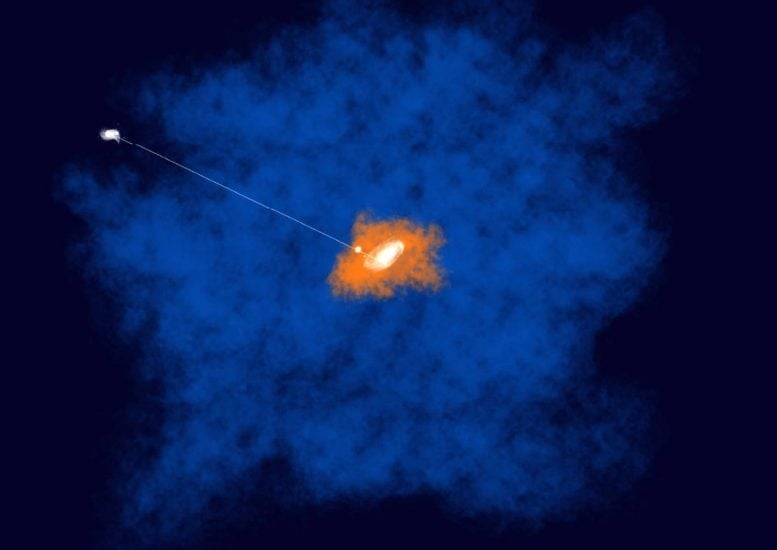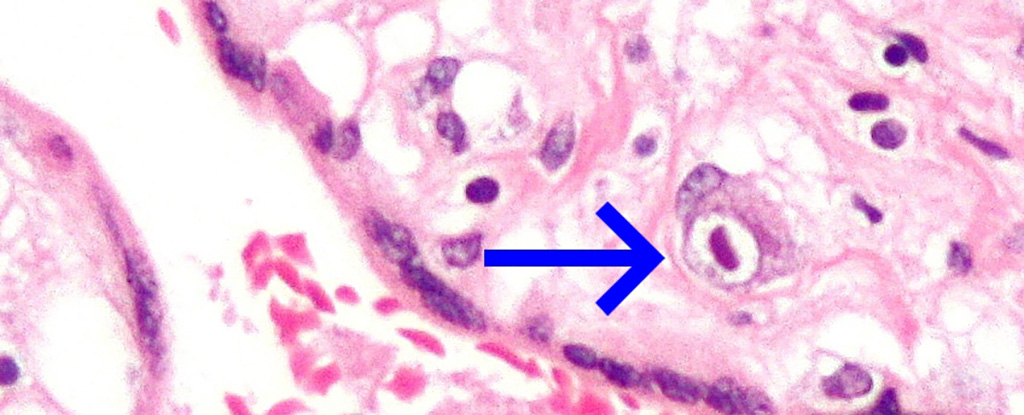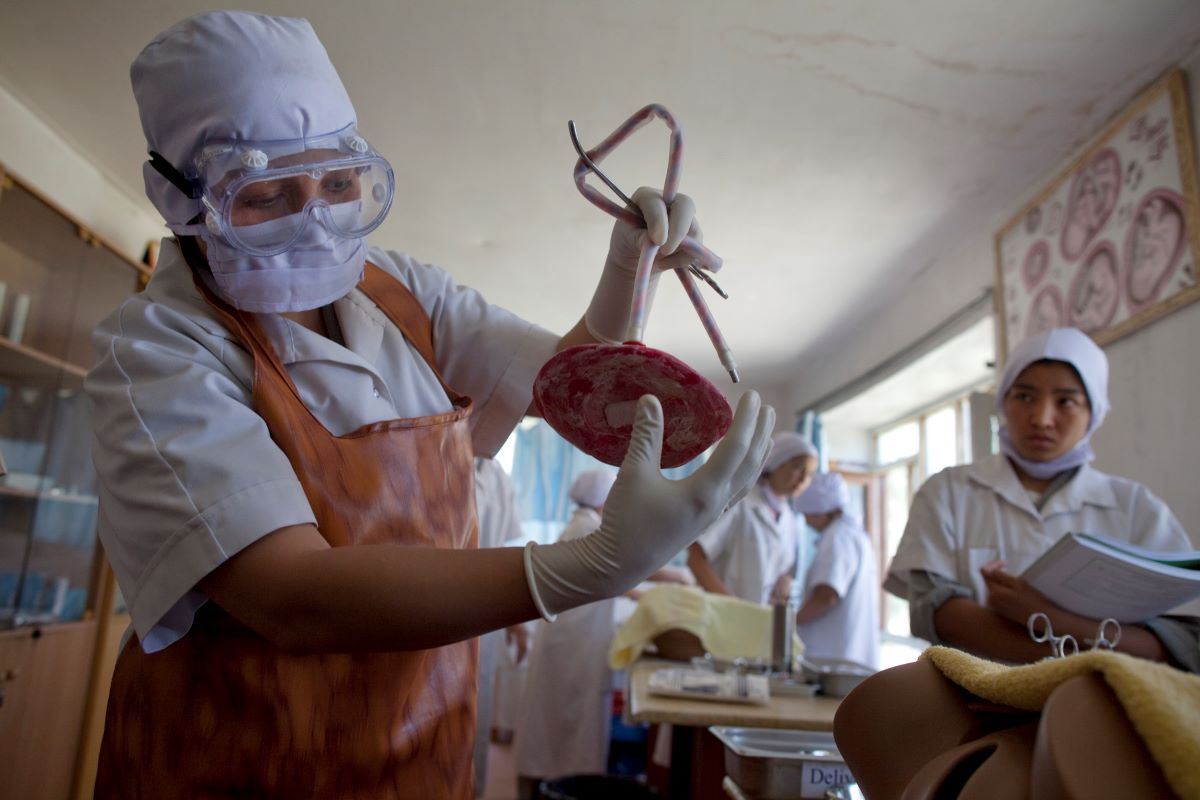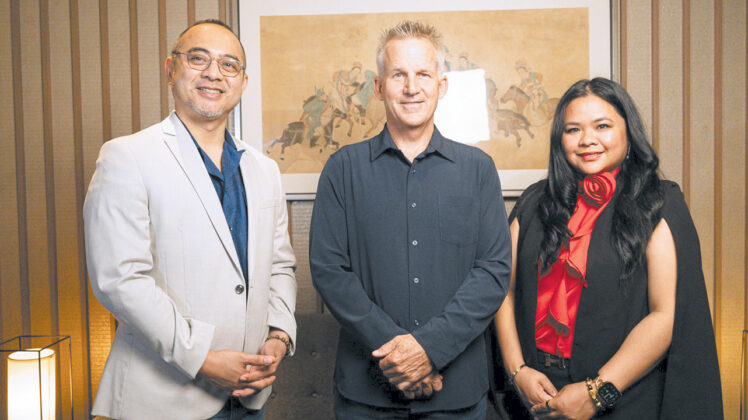CubeSats can be used in many different scenarios, and one of their most important uses is providing an easy path to understanding how to design, plan, and launch a mission. That was the idea behind AlbaSat, a 2U CubeSat currently under development by a team at the University of Padova with an impressive four different functional sensors packed into its tiny frame.
AlbaSat was initially developed as a student project at the University of Padova as part of ESA’s Fly Your Satellite (FYS) program, which, through its two iterations, has helped students get their CubeSat ideas off the ground – literally. AlbaSat was one of the more ambitious projects in the program, with four different key scientific objectives.
First was a study of the prevalence of space debris, which is becoming a growing problem, as the team noted in their paper describing the mission’s feasibility when they discussed Kessler Syndrome. Tracking small debris floating in orbit is a challenge from the ground, but a satellite in orbit itself could do better. To do so, the team developed the Impact Sensor, which would detect debris hitting AlbaSat itself. It consists of a resistive sensing element placed on top of some PTFE, which was prototyped in a project called DRAGONS by researchers at the Fraunhofer Institute for High-Speed Dynamics.
Credit – ESA YouTube Channel
AlbaSat will also carry a tri-axial MEMS accelerometer to complement that instrument to detect any micro-vibrations the satellite experiences in its orbit. It is important to understand what impact, if any, those vibrations might have on either satellite performance or orbital decay.
Another complementary payload is the laser rangefinder. This is intended to keep precise track of the satellite’s orbit by reflecting a laser from a ground station off of a series of “Corner Cube Retroreflectors” that can reflect the laser to the transmitting station. Understanding the orbital path is key to ensuring the other payloads onboard the tiny CubeSat work properly.
The final functional payload is a test rig for optical receivers that might someday be useful in proving novel communications technology. Known as the “QPL,” this subsystem consists of an active reflectometer that can receive signals intended for use in quantum communications systems.
A NanoMind A3200 central computer, a NanoCom AX100 communication system, the necessary electrical subsystems, solar panels, and the functional payloads for energy collection. The mission is designed to last as long as possible, but its orbit will decay in less than 12 years, per ESA debris mitigation guidelines.
Students from the University of Padova have been diligently working on the system. In February, they passed environmental testing of the impact sensor, which garnered them a press release from ESA itself. More recently, Space Voyaging published a detailed profile that tracked the team as they interfaced with ESA experts, helping them get their satellite into space.
When they do, it will be the University of Padova’s first foray into the CubeSat space. Hopefully, it will be a worthy addition to the stable of student-designed CubeSats that contribute valuable scientific data. It hopes to launch sometime this year, and it will carry many students’ hopes.
Learn More:
Mozzato et al – Concept and Feasibility Analysis of the Alba Cubesat Mission
ESA – AlbaSat Impact Sensor completes the environmental test campaign
Space Voyaging – AlbaSat: the First CubeSat of the University of Padua
UT – CubeSat Propulsion Technologies are Taking Off
Lead Image:
3D Mockup of AlbaSat
Credit – AlbaSat CubeSat / University of Padova









Leave a Comment